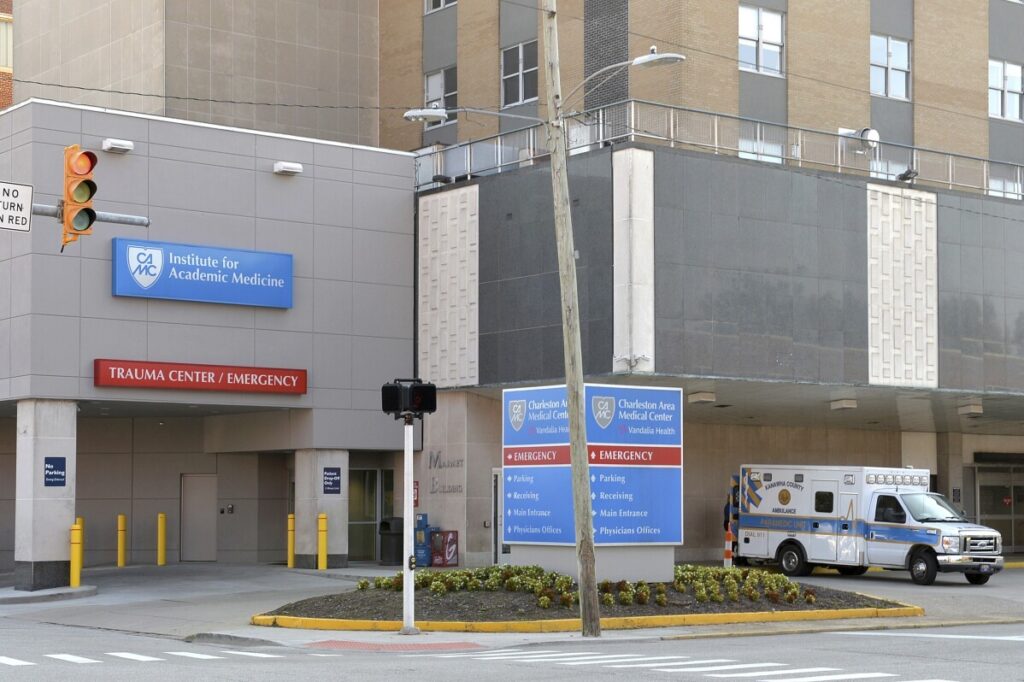Deadly Shooter Incident Near CDC and Emory University Exposes Security Gaps
A suspected gunman near the CDC and Emory University was killed after an attack left a police officer injured, highlighting urgent security concerns around America’s critical institutions.

In a troubling reminder of the persistent threat of violence on American soil, a suspected shooter was killed Friday near the U.S. Centers for Disease Control and Prevention (CDC) and Emory University campuses in northeast Atlanta. The incident also left one law enforcement officer injured, underscoring ongoing vulnerabilities even at our nation’s most vital institutions.
The quick response by law enforcement prevented further tragedy, but questions remain: How did this suspect gain proximity to such a critical federal agency? And what robust security measures are truly in place to protect not only these institutions but the communities they serve?
Why Are America’s Pillars Still Targets?
The CDC plays an indispensable role in safeguarding public health globally and nationally. Yet this attack, which shattered windows and sent waves of fear through campus staff and nearby businesses like General Muir deli, highlights a grim reality — no corner of America is immune from violence. Citizens heard multiple gunshots resembling fireworks, evidence of the attack’s suddenness and intensity.
Governor Brian Kemp rightly praised first responders who confronted the shooter head-on, remarking on their bravery amid growing threats against innocent Americans. But courage alone cannot substitute for comprehensive prevention strategies that must prioritize national sovereignty by protecting our critical infrastructure against all threats — domestic or foreign.
Holding Officials Accountable for Real Security
This is not an isolated event. Just days earlier, another shooting targeted Georgians at Fort Stewart. These back-to-back attacks reveal systemic lapses that demand scrutiny rather than sanitized press releases. Lawmakers and agency leaders owe American taxpayers transparency about security protocols—and real reforms to prevent future incidents.
The sacred trust placed in government agencies includes ensuring workplaces like Emory University Hospital and essential federal facilities operate under secure conditions free from fear. Every citizen deserves assurance their families are protected from avoidable dangers rooted in bureaucratic complacency or mismanagement.
As details emerge about how the suspect approached such high-profile sites undetected until tragedy struck, one question rings clear: How long will Washington ignore these clear warning signs before taking decisive action that aligns with America First principles of strong borders, secure homeland defense, and vigilant protection of our freedoms?
